Importing goods from China to the USA has become a strategic avenue for businesses looking to enhance their product offerings while capitalizing on competitive pricing. As one of the world’s largest manufacturing hubs, China presents a myriad of opportunities, enabling businesses to access a diverse array of products across various industries. However, successful importing requires a thorough understanding of essential procedures, customs regulations, and logistical considerations. From navigating import duties and taxes to ensuring compliance with quality control standards, this guide provides valuable insights into the multifaceted process of importing from China to the USA, helping businesses unlock the potential of global trade.
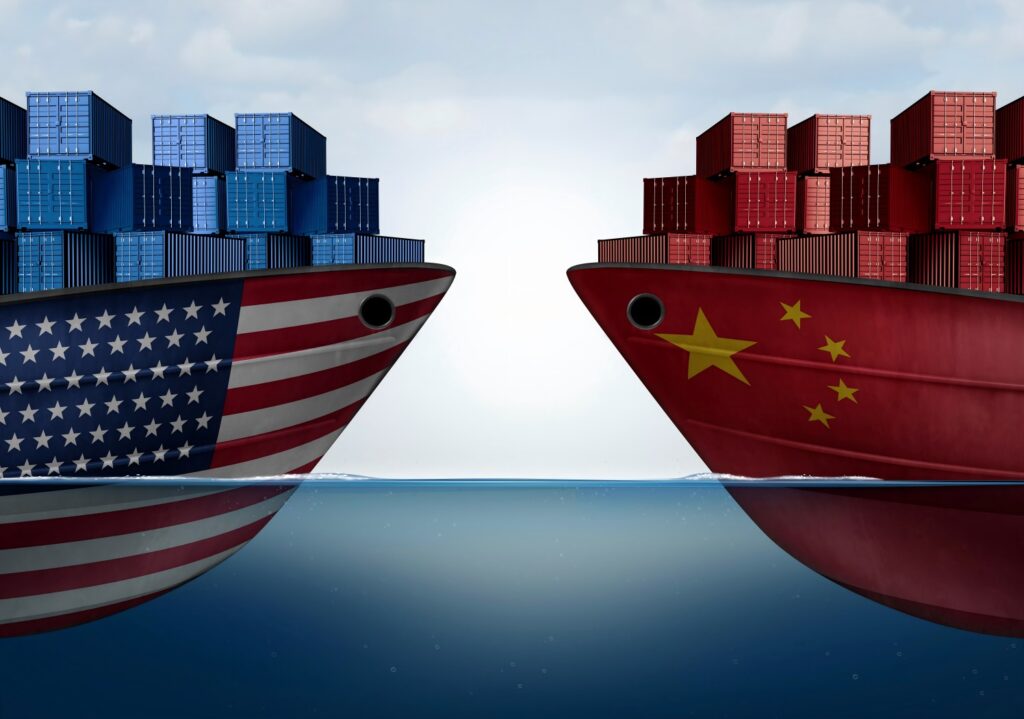
Understanding Importing from China to the USA
Importing goods from China to the USA has become increasingly popular due to the country’s diverse manufacturing capabilities and competitive pricing. Businesses, large and small, are continually looking to capitalize on the advantages of sourcing products from China. The process involves several stages, including identifying suppliers, negotiating prices, ensuring product quality, and navigating customs regulations to facilitate the smooth entry of goods into the US market.
Benefits of Importing from China
- Cost Efficiency: One of the primary reasons companies opt to import from China is the significantly lower manufacturing costs. The reduced labor costs and economies of scale allow businesses to source products at a fraction of the price compared to domestic manufacturing.
- Variety of Products: China is known as the “world’s factory,” offering a vast range of products across various industries, from electronics and textiles to machinery and agricultural products. This variety enables importers to find suitable products tailored to their market needs.
- Quality and Innovation: Chinese manufacturers have made significant strides in quality control and product innovation. Many factories adhere to international standards of quality, ensuring that the imported goods meet the expectations of American consumers and comply with relevant regulations.
- Access to Advanced Technology: Many Chinese manufacturers incorporate advanced technology and modern production techniques, leading to improved product quality and efficiency. Importers can benefit from these technological advancements, enhancing their competitive edge in the market.
- Flexibility in Production: Chinese manufacturers often offer flexibility in production runs, allowing businesses to order smaller quantities, which is particularly advantageous for startups or those testing new products in the market.
READ MORE:
- Shipping From China to the United States
- Shipping From China TO Canada
- Shipping From China TO Mexico
- Shipping From China to Panama
- Shipping From China to Costa Rica
- Shipping From China to Brazil
- Shipping From China TO Colombia
- Shipping From China to Jamaica
- Shipping From China to Venezuela
Key Import Procedures and Requirements
Essential Import Documents
Importing goods from China requires a comprehensive understanding of the essential documents involved in the process. These documents not only facilitate customs clearance but also ensure compliance with US regulations.
- Commercial Invoice: This is a critical document that outlines the transaction between the buyer and seller. It includes details such as the description of goods, quantity, price, terms of sale, and payment information. The Commercial Invoice is used by customs officials to assess duties and taxes.
- Packing List: The packing list provides a detailed account of the contents of each package in a shipment. It includes information on the weight, dimensions, and type of packaging used. This document is essential for both customs clearance and logistical purposes.
- Bill of Lading: This transportation document serves as a receipt for the goods and a contract between the shipper and carrier. The Bill of Lading outlines the terms of transport and includes key details such as the origin and destination of the goods.
- Import Declaration: Importers must submit a declaration to customs, detailing the nature of the goods being imported. This document includes information on the country of origin, item classification, and the declared value of the goods.
- Customs Bond: A customs bond ensures that any duties, taxes, and penalties owed to customs are paid. Importers may need to obtain a bond for specific shipments.
Import Licenses and Permits
Navigating the complex landscape of import licenses and permits is essential for successful importing from China.
Types of Import Licenses
- General Import License: This type of license allows importers to bring in a wide range of goods. Most importers will require this license as a standard procedure.
- Special Import Licenses: Certain products, such as agricultural goods, chemicals, and pharmaceuticals, may require specialized licenses due to safety and regulatory concerns. These licenses are more stringent and require additional documentation.
- Quota License: For specific products that are subject to import quotas, such as textiles, importers may need to secure a quota license to ensure compliance with trade regulations.
How to Obtain Import Permits
- Research Requirements: Importers must understand the specific requirements for the products they intend to import. This includes identifying any regulations, tariffs, or quotas that may apply.
- Application Process: Depending on the type of license required, importers can typically apply through the relevant government agency, such as the U.S. Customs and Border Protection (CBP) for customs-related permits or the Department of Commerce for trade regulation licenses.
- Documentation: Importers must gather all necessary documentation to support their application, including business registration documents, tax identification numbers, and any relevant product specifications.
- Compliance with Regulations: Ensuring compliance with all applicable regulations is crucial. This may involve adhering to safety standards, labeling requirements, and any other relevant guidelines mandated by US authorities.
- Consulting with Experts: For complex imports, it may be advisable to consult with a freight forwarding company like Dantful International Logistics. Their expertise in customs regulations and import procedures can streamline the process and help avoid costly delays or compliance issues.
By understanding and navigating the import process effectively, businesses can unlock the potential of sourcing goods from China, benefiting from cost savings, diverse product offerings, and enhanced market competitiveness.
Import Duties, Taxes, and Fees
Understanding Import Duties
Import duties are taxes imposed by customs authorities on goods brought into a country. These duties are a significant aspect of international trade and impact the overall cost of imported goods. Importers must be aware of these taxes to effectively calculate their landed costs and determine pricing strategies.
How Import Duties are Calculated
Import duties are typically calculated based on the Customs Value of the goods, which includes the cost of the products, insurance, and freight (CIF). The formula can be summarized as:
Import Duty = Customs Value × Duty Rate
Duty rates vary depending on the product category and can be influenced by trade agreements, tariffs, and specific country regulations. Importers should refer to the Harmonized System (HS) code, which classifies goods into categories that determine applicable duty rates.
Common Duty Rates for Popular Products
Here’s a concise overview of common duty rates for popular categories of products imported from China to the USA:
| Product Category | Average Duty Rate |
|---|---|
| Electronics | 2.5% – 7.0% |
| Clothing and Textiles | 16.5% – 32.0% |
| Footwear | 8.0% – 48.0% |
| Furniture | 0% – 8.0% |
| Machinery | 0% – 4.0% |
Understanding these duty rates allows importers to budget accordingly and negotiate better pricing with suppliers.
Additional Fees to Consider
Beyond import duties, various additional fees may apply when importing products from China to the USA. These fees can include:
- Brokerage Fees: Charges incurred for the services of a customs broker who facilitates the clearance of goods through customs.
- Storage Fees: If goods are held at customs for an extended period, storage fees may be charged.
- Inspection Fees: Customs may require inspections on certain shipments, resulting in additional costs.
- Demurrage Fees: Fees associated with the extended use of shipping containers beyond the agreed period at ports or terminals.
Being aware of these potential fees can prevent unexpected expenses that could affect profitability.
Shipping Methods and Logistics
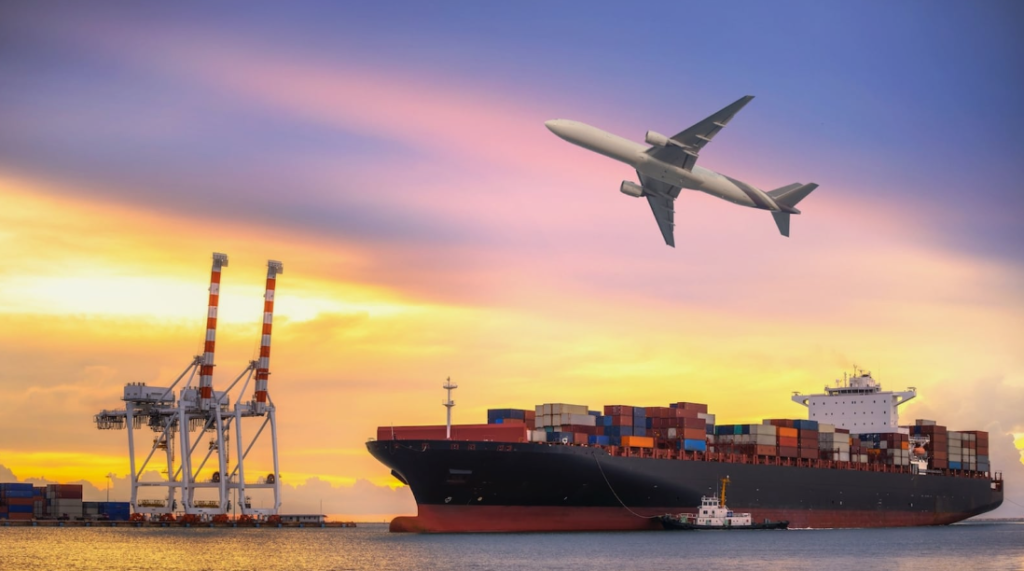
Choosing the appropriate shipping method is critical for ensuring timely and cost-effective delivery of goods from China to the USA. Various factors influence this decision, including budget, time constraints, and the nature of the goods being shipped.
Choosing the Right Shipping Method
Air Freight vs. Ocean Freight
- Air Freight: This method is suitable for high-value, low-volume goods that require quick delivery. Air freight is generally faster, with delivery times ranging from 1 to 3 days. However, it is significantly more expensive compared to ocean freight, making it less ideal for bulk shipments.
- Ocean Freight: Ocean freight is the preferred choice for large shipments and is cost-effective for bulky or heavy items. Delivery times can range from 10 to 40 days, depending on the origin and destination ports. Importers should consider the balance between cost and delivery speed when selecting this method.
Cost Considerations for Shipping
Cost is a vital factor in determining the most suitable shipping method. Here are the key points to consider:
- Shipping Rates: Ocean freight is usually charged per container or by weight, while air freight is calculated based on weight or volume. Importers should compare quotes from different carriers to find the best rates.
- Insurance Costs: Shipping insurance is crucial for protecting against potential losses or damages during transit. The cost will vary based on the value of the goods and the shipping method chosen.
- Fuel Surcharges: Carriers may impose additional fuel surcharges based on fluctuating fuel prices. These should be factored into the total shipping costs.
Time Considerations for Shipping
Time is often as critical as cost in logistics. Importers should evaluate the urgency of their shipments when choosing shipping methods. Air freight offers rapid delivery, while ocean freight, despite its longer transit time, may align better with budget constraints. Understanding lead times, including potential delays at customs, is key to ensuring product availability in the market.
Read More:
- Shipping From China To Netherlands
- Shipping From China To Spain
- Shipping From China To Germany
- Shipping From China To France
- Shipping From China to Italy
- Shipping From China To Poland
- Shipping From China to United Kingdom
Working with Freight Forwarders
Partnering with a reliable freight forwarder can greatly simplify the import process. Freight forwarders act as intermediaries, handling logistics and documentation to streamline shipping.
Benefits of Using a Freight Forwarder
- Expertise in Regulations: Freight forwarders possess extensive knowledge of international shipping regulations and customs requirements, ensuring compliance and reducing the risk of penalties.
- Cost Efficiency: Due to their established relationships with carriers and bulk shipping rates, freight forwarders can often secure better pricing than individual importers could achieve.
- Time Savings: By managing logistics, freight forwarders free up importers to focus on their core business operations, reducing the administrative burden associated with shipping.
- Comprehensive Services: Many freight forwarders offer a range of services, including Customs Clearance, insurance, and warehousing, making them a one-stop solution for import needs.
How to Choose a Reliable Freight Forwarder
Selecting the right freight forwarder is essential for a successful import experience. Consider these factors:
- Experience and Reputation: Look for a freight forwarder with a proven track record in handling similar shipments and a solid reputation in the industry. Reading customer testimonials and reviews can provide insights into reliability.
- Services Offered: Ensure that the freight forwarder provides services tailored to your specific shipping needs, including customs clearance and warehousing options.
- Communication: Choose a forwarder that emphasizes clear communication and transparency. They should provide timely updates on shipment status and be available to address any concerns.
- Insurance Options: Verify that the freight forwarder offers comprehensive insurance options to protect your goods during transit.
- Competitive Pricing: Obtain quotes from several freight forwarders to compare costs, ensuring that you receive value for the services provided.
Engaging with an expert freight forwarder can significantly enhance the efficiency of your import operations, allowing for smoother transactions and reduced stress throughout the logistics process. Dantful International Logistics stands ready to assist with ocean freight solutions tailored to your business needs, ensuring a highly professional, cost-effective, and high-quality shipping experience.
Customs Clearance Process
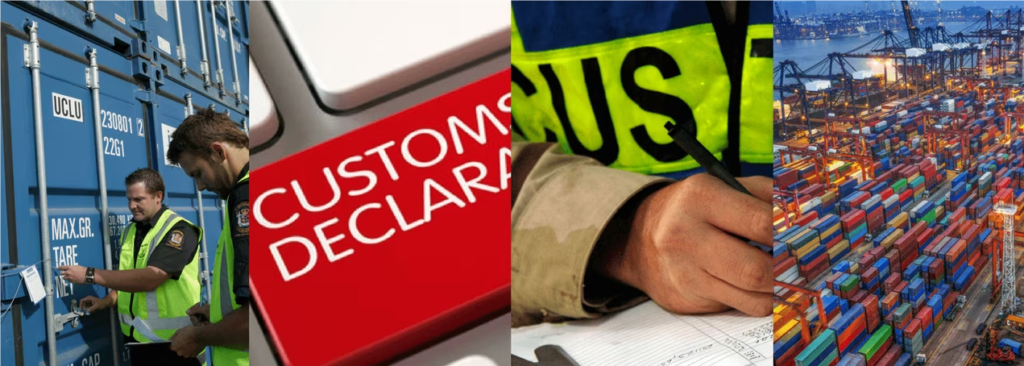
Steps for Customs Clearance
Navigating the customs clearance process is a crucial part of importing goods from China to the USA. Understanding the steps involved can prevent delays and ensure compliance with regulations.
- Document Preparation: Before the shipment arrives, ensure all required documents are prepared, including the Commercial Invoice, Packing List, Bill of Lading, and any necessary import permits. Accurate documentation is essential for customs clearance.
- Customs Declaration: A customs declaration form must be submitted to the U.S. Customs and Border Protection (CBP) upon arrival of the goods. This declaration provides details about the shipment, including the nature, value, and origin of the products.
- Payment of Duties and Taxes: Importers are required to pay applicable duties and taxes based on the product classification. This process may include providing payment information for the customs bond.
- Customs Inspection: Customs authorities may select shipments for inspection to verify that declared information matches the actual goods. This inspection can include physical checks, document reviews, and assessments of compliance with regulations.
- Release of Goods: Once customs clearance is granted, the goods are released for delivery. If any issues arise during the process, customs officials will notify the importer or their customs broker.
- Post-Clearance Audit: Customs may conduct audits on a select number of shipments after clearance to ensure compliance with regulations. Importers should maintain all documentation for the required period to facilitate any audits.
Tips for Smooth Customs Clearance
- Utilize a Customs Broker: Hiring a qualified customs broker can streamline the customs clearance process. Brokers are knowledgeable about regulations and can handle documentation on behalf of importers.
- Ensure Accurate Documentation: Double-check all documents for accuracy and completeness. Mistakes can lead to delays and additional costs.
- Stay Informed About Regulations: Regularly check for updates on customs regulations, tariffs, and trade policies, as these can change frequently and affect clearance.
- Prepare for Possible Inspections: Be aware that customs inspections can occur. Ensure that the products are packaged correctly and that documentation matches the shipment to avoid complications.
- Plan for Timeliness: Allow ample time for customs clearance in your overall shipping timeline. Unexpected delays can occur, and planning accordingly helps manage expectations.
Quality Control and Inspection
Importance of Quality Control
Quality control is a vital aspect of the import process, particularly when sourcing products from China. Effective quality control ensures that goods meet specified standards and customer expectations, minimizing the risk of defects and returns.
- Risk Mitigation: Implementing quality control measures helps identify potential issues prior to shipment, reducing the risk of receiving substandard products.
- Customer Satisfaction: High-quality products lead to increased customer satisfaction and loyalty. Ensuring quality can enhance a company’s reputation and competitiveness in the market.
- Compliance with Regulations: Many industries have specific compliance requirements for safety and quality standards. Proper quality control ensures adherence to these regulations, avoiding penalties and legal issues.
Pre-shipment Inspection Procedures, Certifications and Compliance Requirements
- Pre-shipment Inspection (PSI): Conducting a pre-shipment inspection involves reviewing a sample of goods before they are shipped. This inspection checks for quality, quantity, and compliance with specifications. A qualified third-party inspector can carry out this process, offering an unbiased evaluation.
- Certifications: Various certifications may be required depending on the product category. Common certifications include ISO, CE, and FCC, among others. Importers should ensure that suppliers possess the necessary certifications to meet regulatory requirements.
- Compliance Requirements: Familiarize yourself with relevant compliance requirements specific to the products being imported. This includes adhering to safety standards, labeling, and packaging requirements mandated by U.S. authorities.
Handling Quality Issues
When quality issues arise, it’s essential to act quickly and effectively. Here’s how to manage these situations:
Steps to Take if Products Fail Inspection
- Document the Issue: Gather all relevant documentation, including inspection reports, photos of defects, and correspondence with the supplier. This information will be essential for resolution.
- Notify the Supplier: Immediately inform the supplier of the quality issues. Provide them with documented evidence and request their input on how to resolve the matter.
- Negotiate Solutions: Depending on the severity of the issue, negotiate potential solutions. This could include product replacements, repairs, or refunds. Be clear about your expectations and desired outcomes.
- Implement a Corrective Action Plan: Work with the supplier to implement corrective actions that address the root cause of the quality issues. This plan should include specific timelines and responsibilities for both parties.
- Follow Up: Conduct a follow-up inspection if necessary to ensure that corrective actions have been implemented and the new products meet quality standards.
Resolving Disputes with Suppliers
Disputes with suppliers regarding quality issues can occur, and resolving them effectively is crucial for maintaining business relationships.
- Maintain Open Communication: Keep lines of communication open and transparent. Clear dialogue can often prevent conflicts from escalating.
- Review Contracts and Agreements: Refer to the contract or agreement terms, which often outline responsibilities and liabilities regarding quality issues. Knowing your legal standing can help in negotiations.
- Seek Mediation or Arbitration: If direct negotiations fail, consider mediation or arbitration as a means of resolving the dispute without resorting to legal action. These methods can provide a neutral platform for conflict resolution.
- Evaluate Future Partnerships: After resolving the issue, assess whether the current supplier can meet your quality standards in the future. If not, consider exploring alternative suppliers who can better meet your requirements.
Dantful International Logistics offers comprehensive services to assist with customs clearance and quality control, ensuring a smooth and efficient import experience.
Dantful International Logistics Services:
- Dantful Ocean Freight Services
- Air Freight From China
- Amazon FBA Freight Forwarding
- WAREHOUSE Services
- One-Stop Customs Clearance Solution
- Cargo Insurance Services in China
- DDP Shipping Services By Dantful Logistics
- Out of Gauge Cargo Transportation Shipping Services
Best Practices for Successful Importing
Successful importing from China to the USA hinges on adopting best practices that streamline processes, ensure compliance, and foster positive relationships with suppliers. By implementing these strategies, businesses can navigate the complexities of international trade more effectively and capitalize on opportunities in the global marketplace.
1. Thorough Research and Planning
Conducting comprehensive research is foundational to successful importing. This involves understanding market trends, identifying reliable suppliers, and assessing the demand for products.
- Market Analysis: Evaluate the market to identify potential opportunities for imported goods. Understand consumer preferences and identify gaps that your products can fill.
- Supplier Research: Investigate potential suppliers through trade shows, online platforms, and supplier directories. Look for manufacturers with a solid reputation, verified credentials, and positive reviews.
- Product Viability: Assess the viability of products based on quality, pricing, and demand. This analysis should include competitor offerings and market pricing to ensure your product will succeed.
2. Establish Clear Communication with Suppliers
Effective communication is vital in building strong relationships with suppliers, minimizing misunderstandings, and ensuring product quality.
- Define Expectations: Clearly outline expectations related to product specifications, quality standards, delivery timelines, and payment terms in your initial communications.
- Frequent Updates: Maintain regular communication throughout the order process. Frequent updates on production status, shipping details, and any potential issues help build trust and transparency.
- Language Considerations: If language barriers exist, consider using professional translators or bilingual staff to ensure accurate communication.
3. Implement Quality Control Measures
Quality control is essential for ensuring that products meet specifications and customer expectations.
- Pre-shipment Inspections: Conduct inspections before shipments leave the factory to ensure that products conform to agreed-upon quality standards. This can be performed by third-party inspection agencies.
- Quality Assurance Processes: Work with suppliers to establish quality assurance protocols that include testing procedures, material specifications, and compliance with regulatory standards.
4. Understand Customs Regulations
Navigating customs regulations is a critical aspect of the importing process. Awareness of the requirements and procedures can prevent delays and additional costs.
- Familiarize with Tariffs: Understand the applicable tariffs and customs duties for your products to manage costs effectively. Utilize the Harmonized System (HS) codes to determine duty rates.
- Documentation Preparedness: Ensure all necessary documentation is accurate and complete, including Commercial Invoices, Packing Lists, and Bills of Lading. Incomplete or incorrect documentation can lead to customs delays.
5. Develop a Logistics Strategy
A robust logistics strategy is essential for ensuring timely and cost-effective shipping, including selecting the right shipping methods and carriers.
- Shipping Method Selection: Evaluate the pros and cons of ocean freight vs. air freight based on factors such as product urgency, budget, and shipment size. For larger, non-time-sensitive shipments, ocean freight may be most cost-effective, while air freight is ideal for high-value or time-sensitive goods.
- Freight Forwarders: Partner with reputable freight forwarders to manage shipping logistics, customs clearance, and documentation. Their expertise can help navigate complexities and identify the best shipping solutions.
6. Monitor Shipment and Delivery
Once products are shipped, closely monitor their progress to ensure timely delivery and address potential issues proactively.
- Track Shipments: Utilize tracking systems provided by carriers to monitor shipments in real-time. This will help maintain visibility throughout the shipping process.
- Respond to Delays: Be prepared to address potential delays with suppliers or logistics partners. An effective contingency plan can help manage unforeseen circumstances.
7. Maintain Compliance and Adapt
Stay informed about changing regulations, trade policies, and market conditions to ensure compliance and adaptability in a dynamic landscape.
- Regular Compliance Checks: Frequently review compliance with customs regulations, trade agreements, and product safety standards. This will help mitigate risks associated with regulatory changes.
- Adapt to Market Changes: Be flexible and willing to adapt to shifts in market demand or supplier capabilities. A proactive approach can help capitalize on emerging opportunities.
8. Build Long-Term Relationships
Fostering long-term relationships with suppliers and partners can lead to better pricing, improved product quality, and enhanced collaboration.
- Supplier Engagement: Invest time in building relationships with key suppliers. Regular visits, feedback sessions, and collaboration on product development can strengthen partnerships.
- Negotiation and Trust: Approach negotiations with a focus on creating win-win situations. Building trust can lead to more favorable terms and deeper collaboration over time.
Partnering with expert freight forwarders like Dantful International Logistics can further streamline the importing process, offering a highly professional, cost-effective, and high-quality logistics solution tailored to your specific needs.
FAQs
1. What are the key benefits of importing goods from China?
Answer: Importing from China offers numerous benefits, including cost efficiency due to lower manufacturing costs, a wide variety of products, improved quality and innovation from manufacturers, access to advanced technology, and flexibility in production runs.
2. What essential documents are required for importing goods?
Answer: Key documents include:
- Commercial Invoice: Details the transaction between buyer and seller.
- Packing List: Lists the contents of each package.
- Bill of Lading: Acts as a receipt and contract between the shipper and carrier.
- Import Declaration: Provides details about the nature of the goods.
- Customs Bond: Ensures any duties and taxes owed are paid.
3. How are import duties calculated?
Answer: Import duties are calculated based on the Customs Value of the goods, which includes the cost of products, insurance, and freight (CIF). The formula is:
Import Duty = Customs Value × Duty Rate
Duty rates vary by product category, so it’s essential to refer to the Harmonized System (HS) code for specifics.
4. What are the different shipping methods available for importing goods?
Answer: The two primary shipping methods are:
- Air Freight: Faster delivery (1-3 days) but more expensive, suitable for high-value, low-volume goods.
- Ocean Freight: More cost-effective for large shipments, with delivery times ranging from 10 to 40 days, ideal for bulky or heavy items.
5. How can a freight forwarder assist in the import process?
Answer: A freight forwarder helps streamline logistics, ensures compliance with regulations, provides cost-effective shipping solutions, and manages documentation. Their expertise can significantly reduce the burden on importers, allowing them to focus on their core business operations.
6. What is the customs clearance process?
Answer: The customs clearance process involves preparing necessary documents, submitting a customs declaration, paying duties and taxes, undergoing potential customs inspections, and securing the release of goods. Maintaining accurate documentation is crucial for smooth clearance.
References
Here are some reference links offer insight into customs regulations, shipping methods, import duties, and best practices in international trade:
- U.S. Customs and Border Protection (CBP):
- Importing into the United States
- This resource provides comprehensive information on the importing process, necessary documentation, and duties.
- U.S. International Trade Administration (ITA):
- The U.S. Import Process
- This guide outlines the steps and requirements for importing goods into the U.S., including licenses and permits.
- World Trade Organization (WTO):
- Trade Facilitation
- This page discusses international agreements that facilitate trade and customs procedures.
- Import Genius:
- Import Duty Calculator
- This platform provides tools for calculating import duties and finding trade information based on product categories.
- International Chamber of Commerce (ICC):
- Incoterms® 2020
- An overview of Incoterms, which define shipping terms and responsibilities in international trade.

Young Chiu is a seasoned logistics expert with over 15 years of experience in international freight forwarding and supply chain management. As CEO of Dantful International Logistics, Young is dedicated to providing valuable insights and practical advice to businesses navigating the complexities of global shipping.
The other language versions of this article
- إتقان إجراءات الاستيراد من الصين إلى الولايات المتحدة: دليل خطوة بخطوة
- De importprocedure van China naar de Verenigde Staten beheersen: een stapsgewijze handleiding
- Maîtriser la procédure d’importation de la Chine vers les États-Unis : un guide étape par étape
- Das Importverfahren von China in die Vereinigten Staaten meistern: Eine Schritt-für-Schritt-Anleitung
- Padroneggiare la procedura di importazione dalla Cina agli Stati Uniti: una guida passo passo
- Dominar el procedimiento de importación de China a Estados Unidos: una guía paso a paso
- Dominando o procedimento de importação da China para os Estados Unidos: um guia passo a passo
- Освоение процедуры импорта из Китая в США: пошаговое руководство
- Çin’den Amerika Birleşik Devletleri’ne İthalat Prosedüründe Uzmanlaşmak: Adım Adım Kılavuz

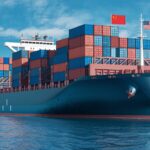
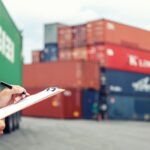

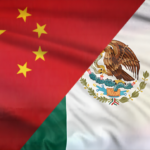
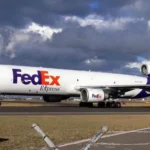


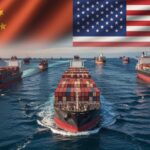
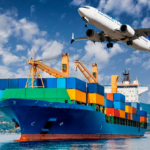
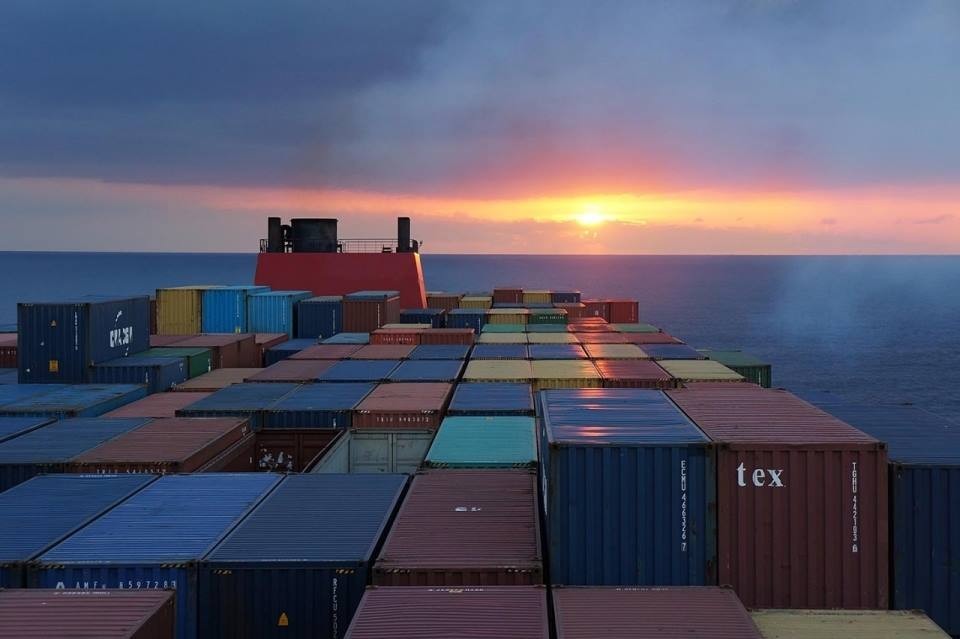
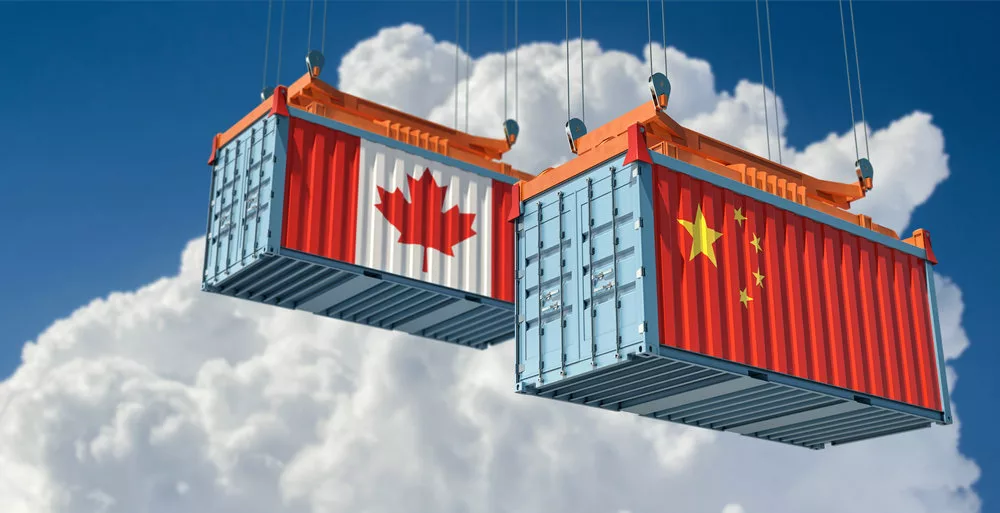
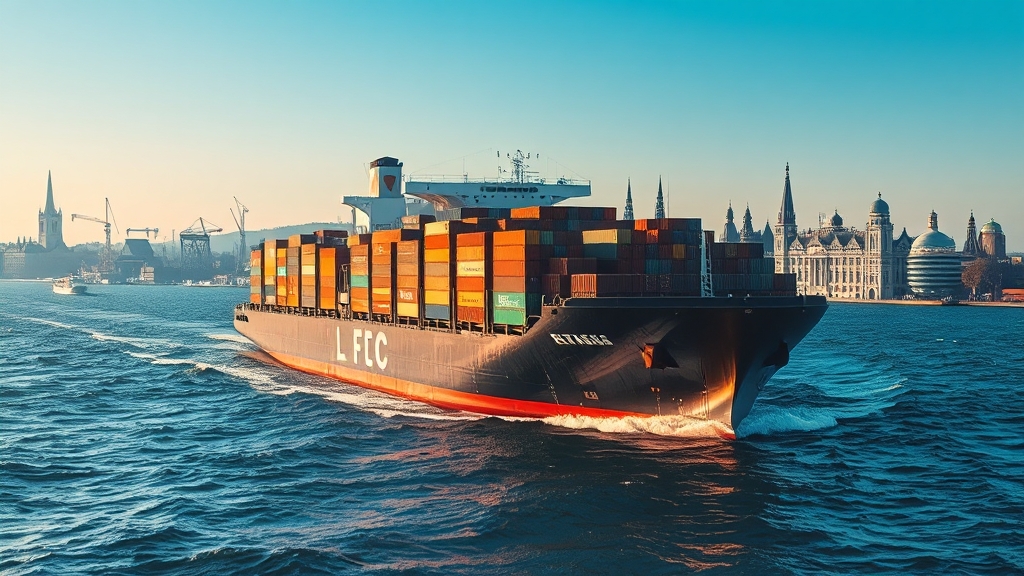

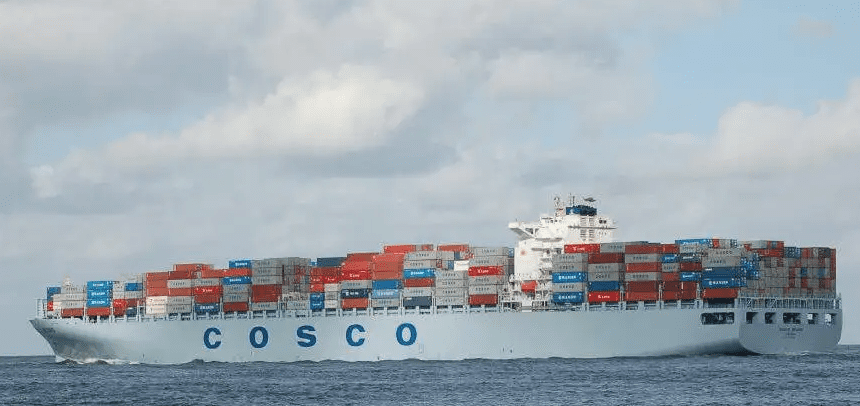





 Afrikaans
Afrikaans Shqip
Shqip አማርኛ
አማርኛ العربية
العربية Հայերեն
Հայերեն Azərbaycan dili
Azərbaycan dili Euskara
Euskara Беларуская мова
Беларуская мова বাংলা
বাংলা Bosanski
Bosanski Български
Български Català
Català Cebuano
Cebuano Chichewa
Chichewa 简体中文
简体中文 繁體中文
繁體中文 Corsu
Corsu Hrvatski
Hrvatski Čeština
Čeština Dansk
Dansk Nederlands
Nederlands English
English Esperanto
Esperanto Eesti
Eesti Filipino
Filipino Suomi
Suomi Français
Français Galego
Galego ქართული
ქართული Deutsch
Deutsch Ελληνικά
Ελληνικά Kreyol ayisyen
Kreyol ayisyen Harshen Hausa
Harshen Hausa Ōlelo Hawaiʻi
Ōlelo Hawaiʻi עִבְרִית
עִבְרִית हिन्दी
हिन्दी Hmong
Hmong Magyar
Magyar Íslenska
Íslenska Igbo
Igbo Bahasa Indonesia
Bahasa Indonesia Gaeilge
Gaeilge Italiano
Italiano 日本語
日本語 Basa Jawa
Basa Jawa ಕನ್ನಡ
ಕನ್ನಡ Қазақ тілі
Қазақ тілі ភាសាខ្មែរ
ភាសាខ្មែរ 한국어
한국어 كوردی
كوردی Кыргызча
Кыргызча ພາສາລາວ
ພາສາລາວ Latin
Latin Latviešu valoda
Latviešu valoda Lietuvių kalba
Lietuvių kalba Lëtzebuergesch
Lëtzebuergesch Македонски јазик
Македонски јазик Malagasy
Malagasy Bahasa Melayu
Bahasa Melayu മലയാളം
മലയാളം Maltese
Maltese Te Reo Māori
Te Reo Māori मराठी
मराठी Монгол
Монгол ဗမာစာ
ဗမာစာ नेपाली
नेपाली Norsk bokmål
Norsk bokmål پښتو
پښتو فارسی
فارسی Polski
Polski Português
Português ਪੰਜਾਬੀ
ਪੰਜਾਬੀ Română
Română Русский
Русский Samoan
Samoan Gàidhlig
Gàidhlig Српски језик
Српски језик Sesotho
Sesotho Shona
Shona سنڌي
سنڌي සිංහල
සිංහල Slovenčina
Slovenčina Slovenščina
Slovenščina Afsoomaali
Afsoomaali Español
Español Basa Sunda
Basa Sunda Kiswahili
Kiswahili Svenska
Svenska Тоҷикӣ
Тоҷикӣ தமிழ்
தமிழ் తెలుగు
తెలుగు ไทย
ไทย Türkçe
Türkçe Українська
Українська اردو
اردو O‘zbekcha
O‘zbekcha Tiếng Việt
Tiếng Việt Cymraeg
Cymraeg יידיש
יידיש Yorùbá
Yorùbá Zulu
Zulu